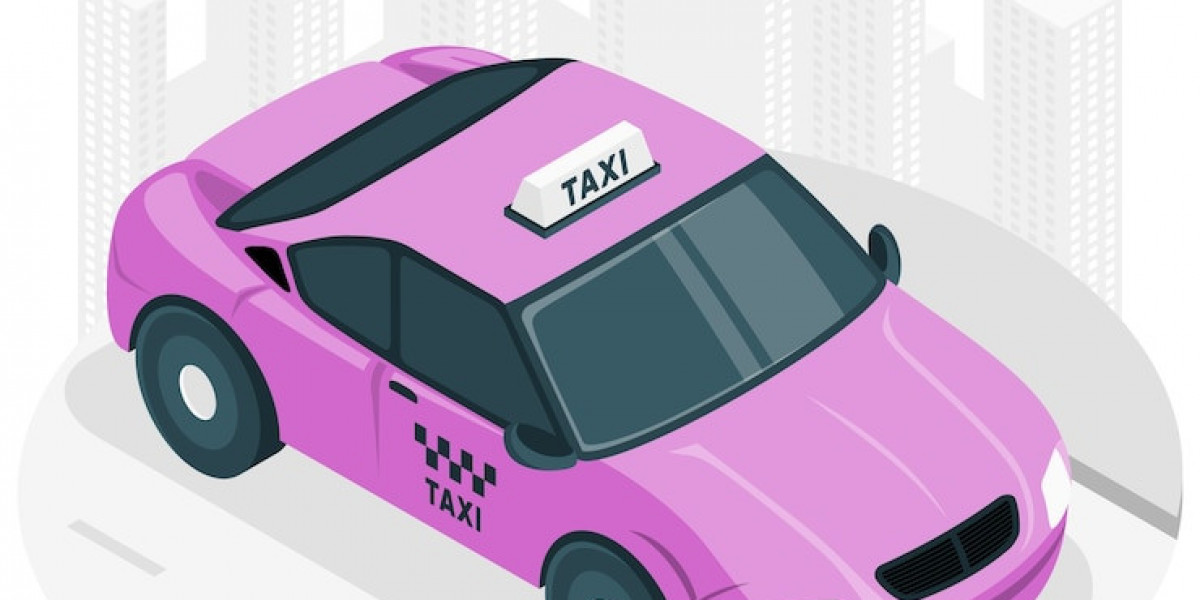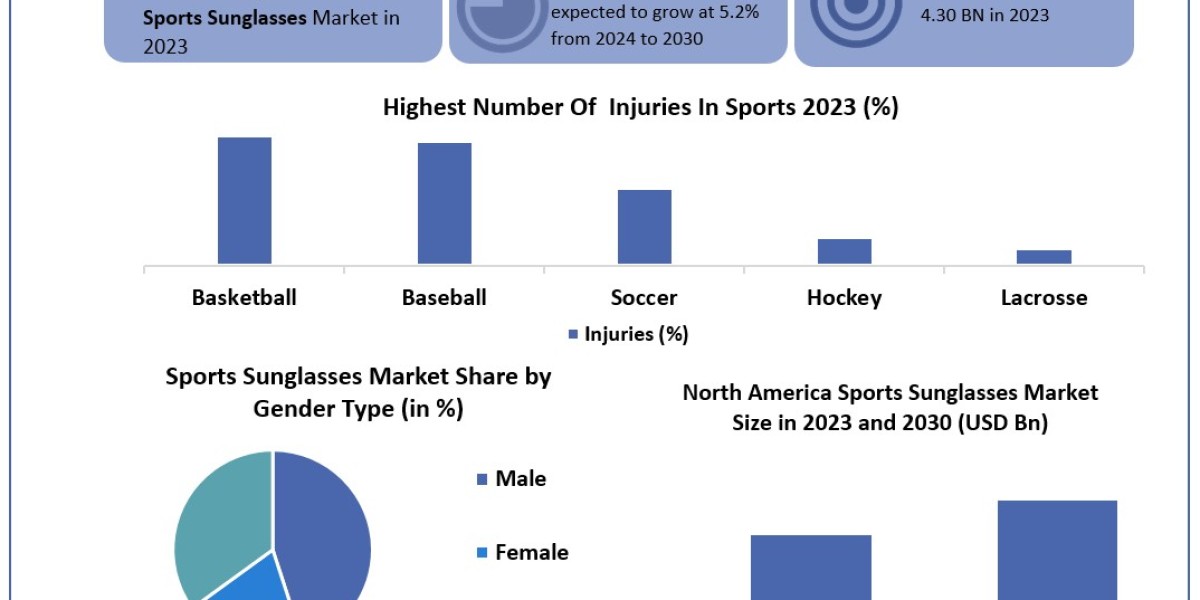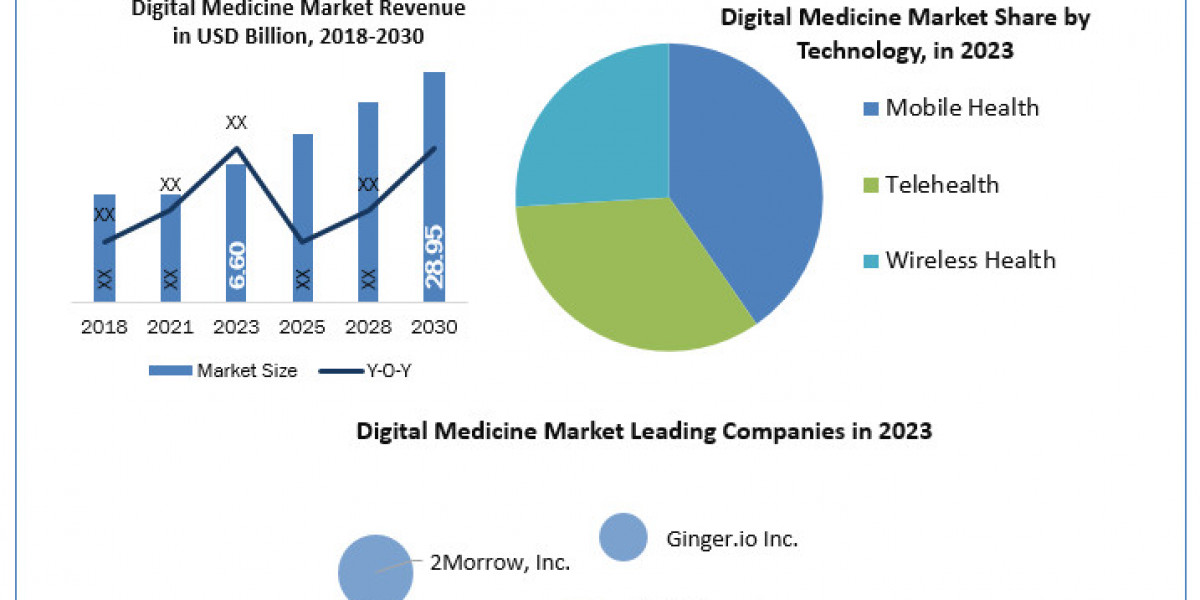Ridesharing has become a fundamental part of modern transportation, with Lyft vs Uber leading the industry. Although both platforms are known for providing convenient, app-based ride-hailing services, there are significant differences in how they operate, their pricing structures, and customer experience. Understanding these differences can help users choose the right service for their needs and provide insights for entrepreneurs considering entering the ridesharing market.
Business Model and Market Reach
Differences in Business Approach
Uber’s business model is often regarded as more aggressive and expansive compared to Lyft’s. Uber operates in many countries across the globe and has diversified its services into areas like food delivery (Uber Eats), freight services, and even autonomous vehicle technology. Lyft, on the other hand, primarily focuses on the North American market and centers its attention on personal transportation, bike-sharing, and limited expansion into other services like scooters.
Global Presence vs. Local Focus
Uber’s global reach allows it to capture a larger user base and generate more revenue from various markets, while Lyft’s strategy has been more concentrated within the U.S. and Canada. This localized focus enables Lyft to tailor its services more closely to its core market but limits its potential to grow beyond this geographic area.
Driver and Rider Experience
Driver Compensation and Benefits
Both Uber and Lyft have their own structures for compensating drivers, which directly affects driver satisfaction and performance. Uber is often noted for having slightly better overall earnings potential for drivers due to its larger market share and higher volume of rides. Lyft, however, has been praised for a more driver-friendly approach, providing better bonuses, incentives, and a more positive community ethos.
Ride Experience and Service Levels
The rider experience between Uber and Lyft can differ in subtle ways. Uber has multiple service levels, including UberX (basic rides), Uber Comfort, and Uber Black (premium rides). This variety allows users to choose based on their preferences and budget. Lyft, on the other hand, is simpler with fewer options but is known for its friendly, community-centric atmosphere. Lyft drivers often engage more with passengers, fostering a more personable experience, while Uber rides may feel more transactional.
Pricing and Surge Fare Structures
Cost Variations
Pricing is an essential factor for both drivers and riders when choosing between Uber and Lyft. While both platforms use similar algorithms to calculate fares, there are notable differences. Lyft tends to offer lower base fares compared to Uber in many regions, but the overall cost can vary depending on location, demand, and ride type.
Surge Pricing Differences
Both Uber and Lyft use surge pricing during periods of high demand, but their systems function differently. Uber’s surge pricing can be more aggressive and transparent, showing a multiplier to the normal fare (e.g., 1.5x, 2x) during peak times. Lyft’s version of surge pricing, known as “Prime Time,” adds a percentage increase rather than a multiplier. This difference can impact how riders and drivers react to periods of high demand. Uber’s approach may lead to higher fares in peak periods, while Lyft’s is perceived as more moderate.
App Design and User Interface
Navigation and Features
The design and usability of the app play a crucial role in the overall customer experience. Uber’s app is more feature-rich, offering options like scheduled rides, trip splitting, and integration with other Uber services like food delivery. This makes Uber’s platform more complex but versatile for users who seek additional features.
Lyft’s app is simpler and more straightforward, which appeals to users who want a seamless experience without too many bells and whistles. The streamlined design contributes to easier navigation and a less cluttered interface, which many users find appealing.
In-App Safety Features
Both apps prioritize safety, with features such as emergency assistance buttons, ride-sharing options, and real-time GPS tracking. Uber takes it a step further by integrating features like RideCheck, which uses sensors and GPS data to detect unexpected stops or crashes. Lyft has similar safety features, but its approach is often viewed as more user-centric and less technology-heavy compared to Uber’s advanced tools.
Brand Image and Corporate Culture
Public Perception
The public perception of Uber and Lyft varies due to their distinct corporate cultures. Uber has faced several controversies over the years, from issues related to driver treatment to leadership scandals. While it has taken steps to rebuild its image, these challenges have left an imprint on public opinion.
Lyft, by contrast, has managed to maintain a relatively positive reputation. It is often seen as the “friendlier” alternative, emphasizing community and eco-friendly initiatives like shared rides and partnerships with public transit. This reputation has helped Lyft carve out a niche among users who value corporate responsibility and a more personable service.
Corporate Policies and Environmental Efforts
Both companies have made efforts to improve their environmental impact, but their strategies differ. Uber has pledged to become a zero-emission platform by 2040 and is investing heavily in electric vehicles and partnerships with automotive manufacturers. Lyft has also committed to sustainability by promising to transition to 100% electric vehicles by 2030 and partnering with various green initiatives. These differences in commitment timelines and methods reflect their strategic priorities and business models.
Conclusion
Lyft and Uber dominate the ridesharing industry but differ in pricing, user experience, and values. Uber’s global reach and features suit users needing varied options, while Lyft’s community-oriented approach appeals to those wanting a personal touch. These differences guide consumers’ choices and inform entrepreneurs partnering with an on-demand app development company.








